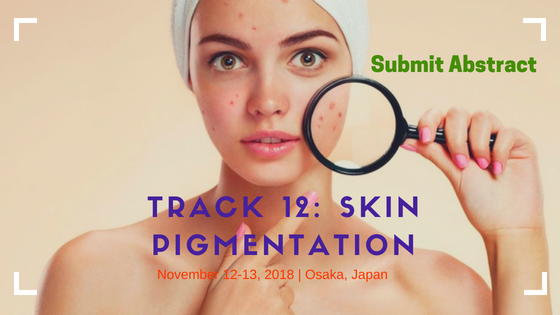Dermatologists Meeting 2018_Sharing info
Dr. Elston reflects on the challenges facing dermatology today
The implementation of the Affordable Care Act (ACA) is driving many major changes in health care, so Dirk Elston, MD, focused the Academy’s efforts during his term as AAD president on proactively dealing with those changes.
“We have had lots of challenges, but we have dealt with them effectively, and unity within our specialty has been key,” said Dr. Elston, managing director of the Ackerman Academy of Dermatopathology, New York. “We have completely revamped our communications unit and our state society liaison program within the Academy structure because we recognize the importance of our communications to the public, to legislators, to policy makers, and to our own members, as well as recognizing the importance of our state societies. Health care challenges arise in one state, and then the issue pops up in another state. We can play a valuable role in coordinating with the states to address challenges as they arise.”
Among the changes dermatologists are grappling with are new models for reimbursement and delivery of care, the need to collect data to demonstrate dermatologists’ value, and enhancing the image of the specialty, Dr. Elston said.
“Our big challenges include limited provider networks, physician tiering, and payment based on participation in an ACO or medical home organization. “Increasingly, different groups of physicians are not being paid the same thing for the same services. We expect this trend to accelerate, and that’s why it is very important to do scenario planning so we have everything in place to respond.”
To improve coordination on legislative issues at the state level, the Academy established an Ad Hoc Task Force on State Society Relationships, led by Mary Maloney, MD. The task force has established best practices for coordination of a legislative agenda among model state societies. Coordination is key. An example of the need for coordination is the issue of limited provider networks that arose in Florida, Connecticut, and California, Dr. Elston said. Knowledge of what was happening in each state was key.
“Our state societies often have limited personnel and resources, so rather than reinventing the wheel every time an issue arises, the AAD can help to provide expertise, staff resources, and coordination,” he said.
To demonstrate the value of the specialty, more data needs to be collected, an issue the AAD Board of Directors will consider during the Annual Meeting. This is becoming increasingly important as each specialty is being asked to prove the value of the services provided.
“We are looking at establishing data registries, a role that medical societies now play,” Dr. Elston said. “They can be expensive endeavors, so the board wants to be sure any expenditure is money well spent.”
Last spring, the Academy also organized a Health Policy Strategic Retreat so leaders in the specialty could prioritize areas of need. Among the topics discussed was the perception of the specialty among other physicians and the public, he said.
“We recognize the importance of demonstrating the important role dermatology plays in the health care system,” Dr. Elston said.
One issue the Academy has had to face this year is the Government Accountability Office report that found that, on average, dermatologists who in-source dermatopathology do a greater number of biopsies per patient than they did prior to in-sourcing. This led to a call for ending Stark Law exceptions that allow dermatologists to read slides for patients, he said.
“What is at stake is no less than our scope of practice, as our right to read slides is key to the practice of Mohs surgery as well as dermatopathology,” Dr. Elston wrote in a column published in Dermatology World, adding that dermatologists must present a unified voice to continue their success. We must carefully examine our own practices because we risk losing a valuable part of our scope of practice because of the behavior of a few.”
In spite of some serious issues, Dr. Elston leaves office feeling positive about what has been accomplished and the Academy’s ability to confront difficult problems in the future. “It’s been a good year,” Dr. Elston said. “The Academy is in good hands with Brett Coldiron coming in as president.”
Via: https://aadmeetingnews.org


Comments
Post a Comment